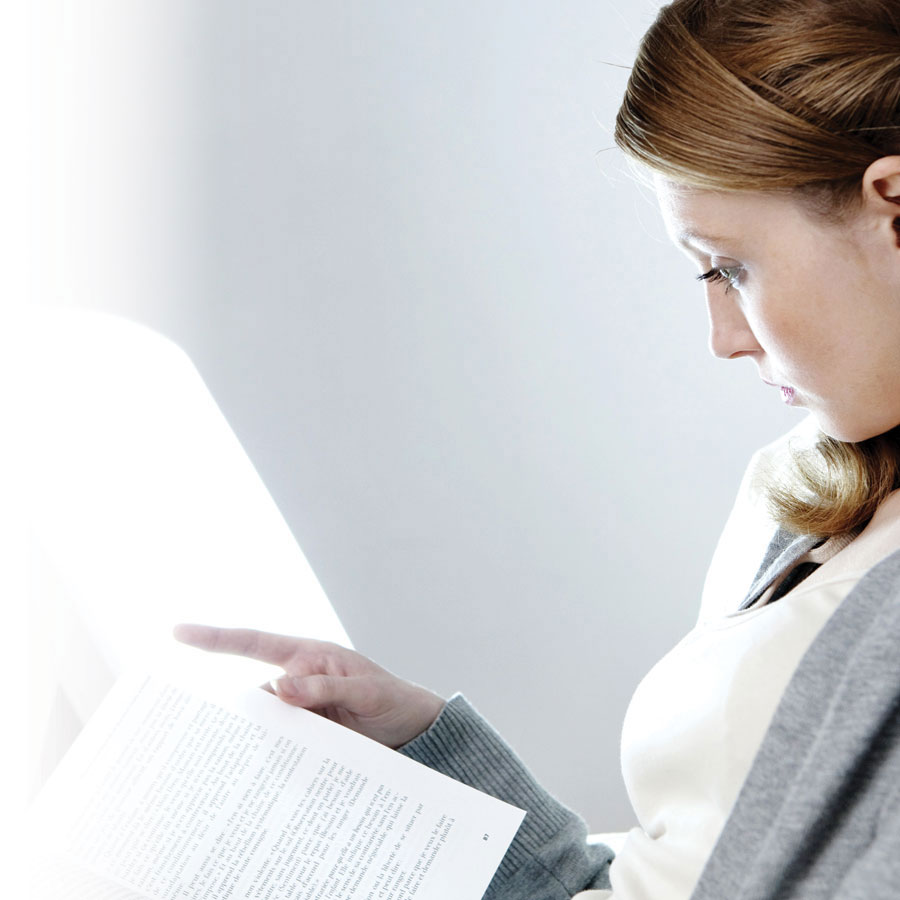Is a lack of sunlight in winter affecting your morale or your health? If so, a light therapy lamp could be useful.
A lack of sunlight in winter
Did you know that daylight can have an influence on your health? In fall and winter, you may be affected by a slight dip in morale or by transient depression due to a lack of sunlight. In Canada, roughly one out of five individuals are affected by it.
While some people are delighted with the idea of going for long walks in the cold, skiing down a mountain or jumping on a snowmobile, others see winter from a gloomier perspective. The reduced daylight hours typical of fall and winter have a negative effect on many people, whose morale, energy level, and well-being drop as the daylight hours decrease.
When people are affected by a lack of sunlight to the point where they can no longer function normally, we call this "seasonal depression" or "winter blues". In Nordic countries, it is estimated that 1 to 10% of the population is affected by this disorder.
What is the connection between sunlight and depression symptoms? Light plays an important role in regulating our internal biological clock. It controls several bodily functions that follow specific patterns, such as our waking and sleeping cycles, and the secretion of various hormones according to the time of day. The symptoms of depression are triggered by chemical imbalances in the brain which are caused by a lack of sunlight.
For additional information about seasonal depression, read the following text: Seasonal depression and the winter blues.
Light therapy—an interesting option
Light therapy is a non-medicinal treatment known for its effectiveness in countering the effects of fewer daylight hours in winter, including seasonal depression. It is also used to treat insomnia, to counter the effects of jetlag, and sometimes as a secondary treatment for depression in general. It consists of exposing the eyes to a bright light with a specific spectrum that resembles that of sunlight.
To reap the benefits of light therapy, you must be exposed to a light with an intensity of more than 2,000 lux daily. In comparison, the light of a well-lit office is of 300 to 500 lux, while that of a fully sunny day can be over 100,000 lux. The clinically recognized standard for light exposure is 10,000 lux, at eye level for 30 minutes every day, ideally in the morning.
During a light therapy session, one can freely go about certain activities: have breakfast, read a book or newspaper, watch television, work on a computer or tablet, etc. The most important thing is that the face be properly exposed to the light of the lamp. For optimal use, read the manufacturer's instructions carefully.
Results are generally felt within the first week, but four weeks of treatment are usually necessary to obtain a maximum response. It is recommended to begin treatment in the fall when daylight hours decrease and to continue until the arrival of spring.
If you are considering to purchase a light therapy lamp, read the following text: How to choose the right light therapy lamp. You can also speak to your pharmacist, who can offer you excellent advice.

